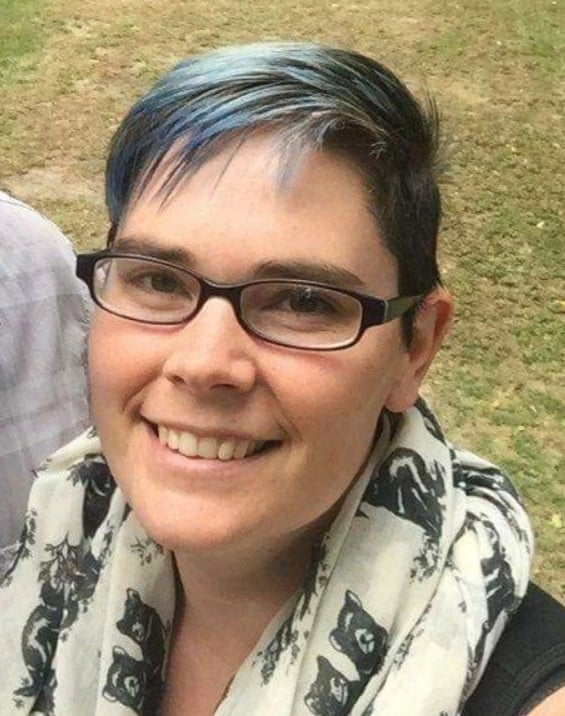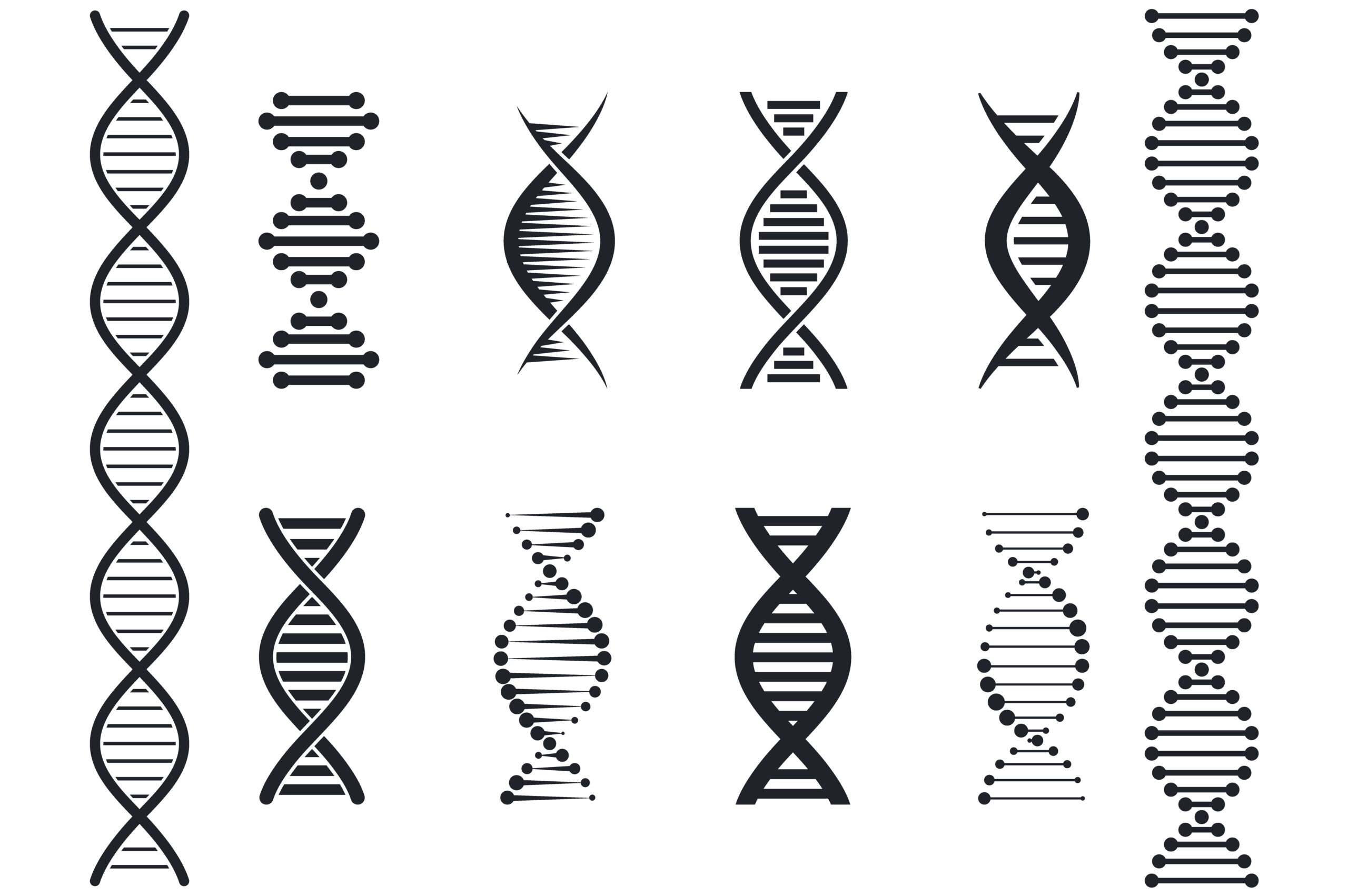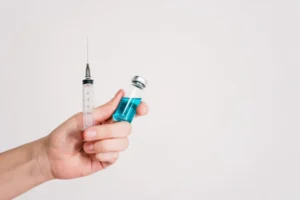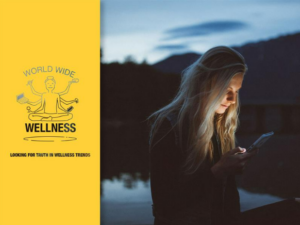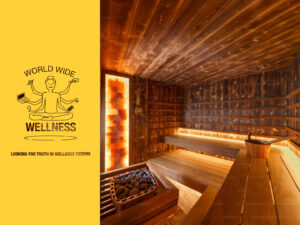Deoxyribonucleic acid (also known as DNA) contains, among other things, our genetics.
Genes are small sequences within your DNA that make you you. They make a tree a tree, a giraffe a giraffe and a beetle a beetle.
So DNA is like a recipe on how to make life. It has all the ingredients and tells your cells how to replicate, what to be and how to be it. But it is a little more complicated than just following a recipe.

tenor
Think of a post on a recipe blog.
Sure, the recipe and instructions are there. But it’s all separated by a bunch of weird anecdotes about the author’s childhood holiday home. These extra bits might give some context or tips on how to make the recipe better, but you have to scroll through them to find the really important parts.
SAME SAME BUT DIFFERENT
Just like any good cooking recipe that’s passed down generations, human DNA will be a little different every time.
Instead of blue eyes, you may have brown. You may be a little taller than your ancestors, have more hair, and you may be naturally good at playing piano.
This is why each and every human is unique – we all have our own slightly tweaked recipe.
You can’t tweak the recipe too far though or the final product will start to taste funny. In fact, it might not turn out at all.
This is why you can’t mix your genes with an octopus, no matter how helpful eight legs would be. Those ingredients just don’t mix.

GIPHY
This is why, despite our differences, our DNA is still 99.9% similar across the whole human race. Furthermore, species similar to us also have similar DNA.
In fact, we share around 99% of our DNA with chimpanzees and bonobos – our closest living non-human relatives. After all, an eye is an eye and a bone is a bone.
READING THE RECIPE
Your genes are important. They are what makes your recipe work out. But your genes only account for about 2% of all your DNA.
The other 98% is known as ‘non-coding’ DNA. They’re responsible for telling your cells how to read the DNA or even which parts to read.
Your skin doesn’t need to make spleen cells, and your heart doesn’t need to make teeth. So there are instructions to make sure everyone does the right job – the correct way.
This is why we also share about 50% of our DNA with bananas!
NEW YEAR, NEW ME?
We are all a byproduct of very specific interactions between our DNA and our environment.
DNA can be cloned, individuals can’t. This is why identical twins aren’t totally identical. They share 100% of their DNA but not 100% of the same experience.
Faculty of Medicine – University of Oslo via YouTube
So unfortunately, if you want to make a new you, it’s going to be a lot harder than just following a new and updated recipe.


